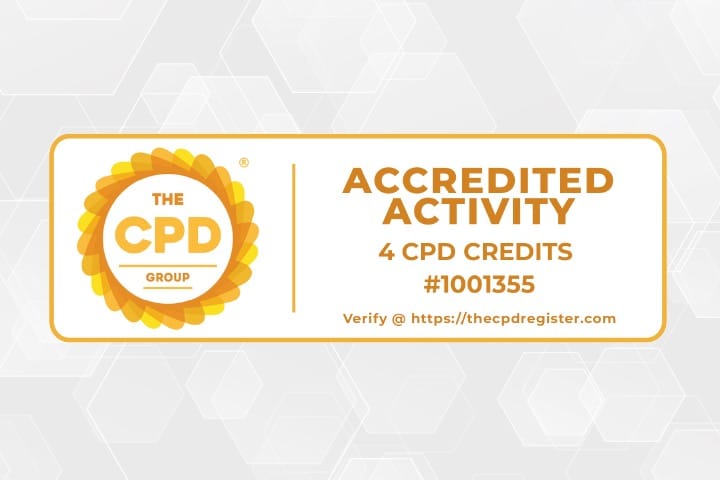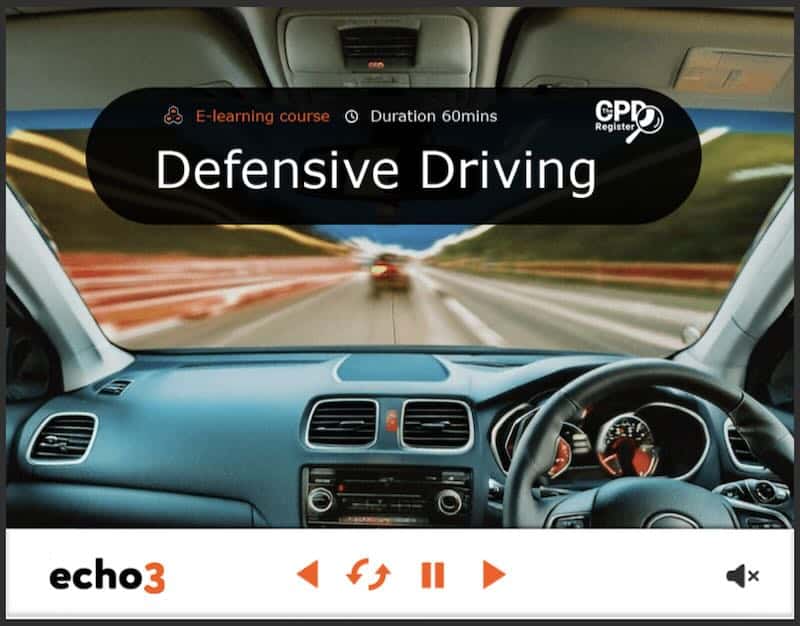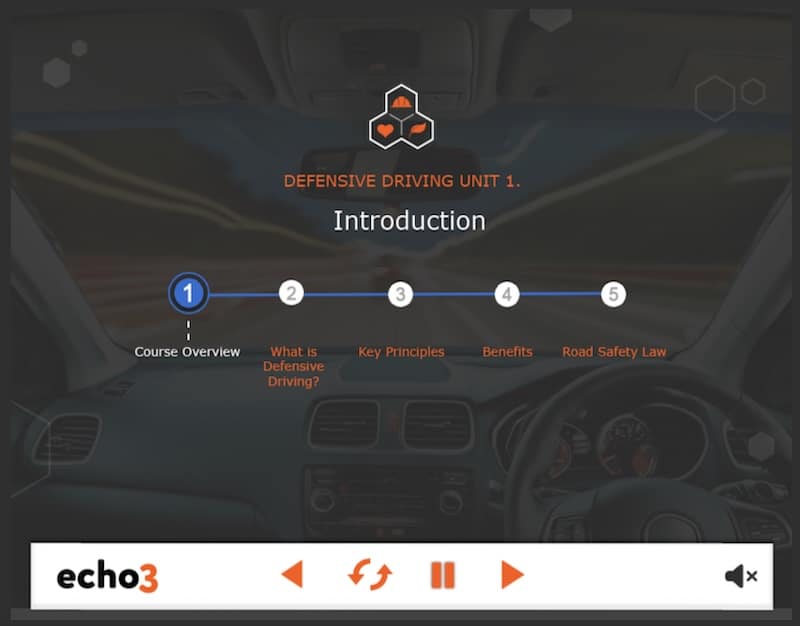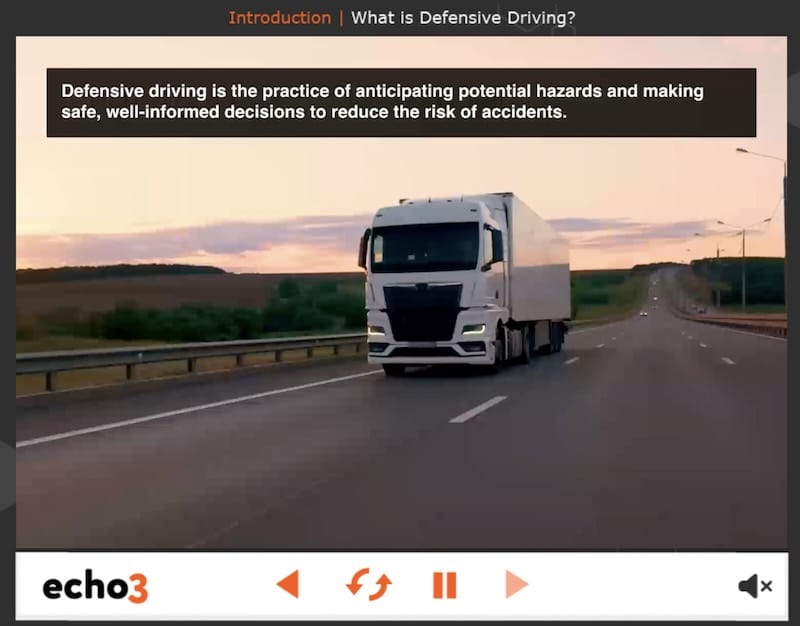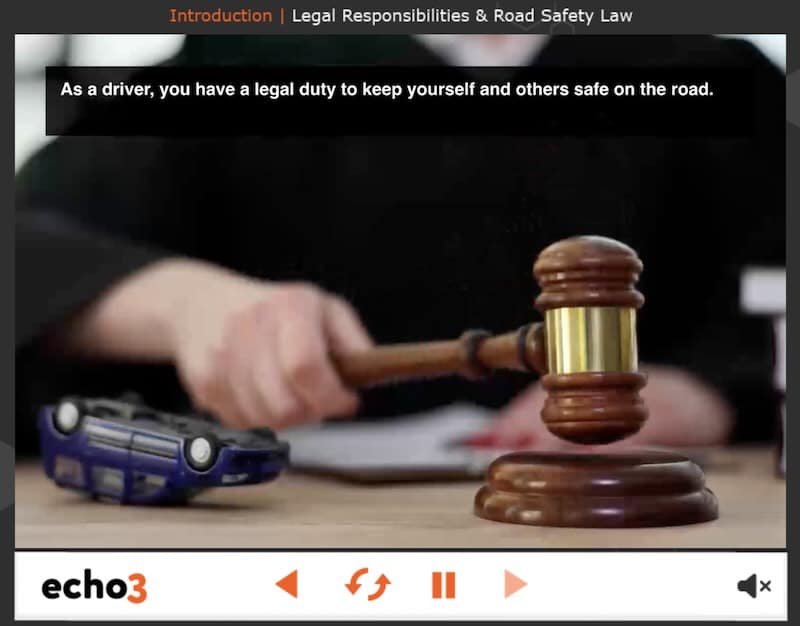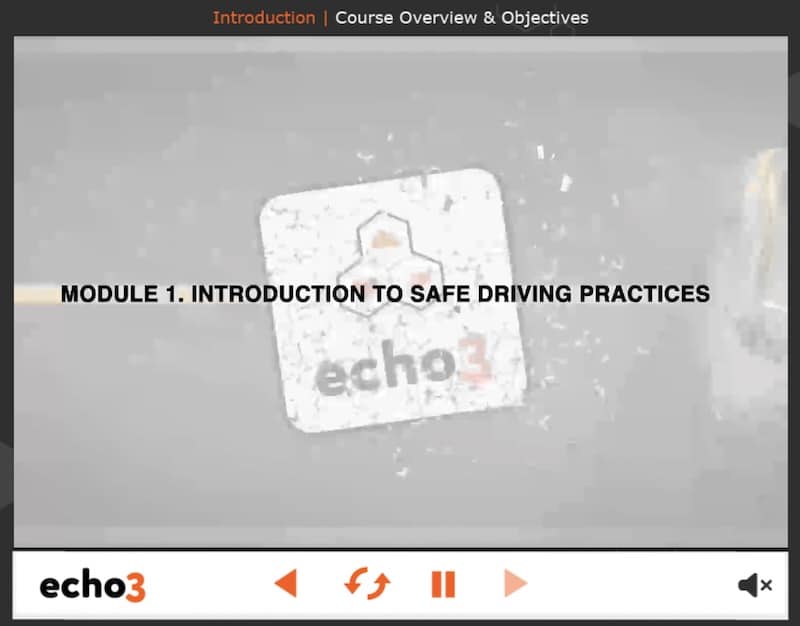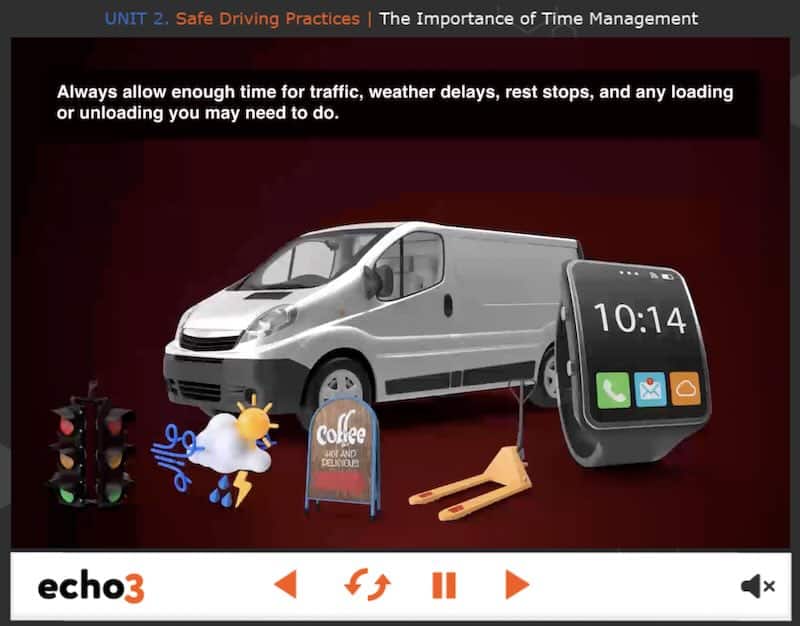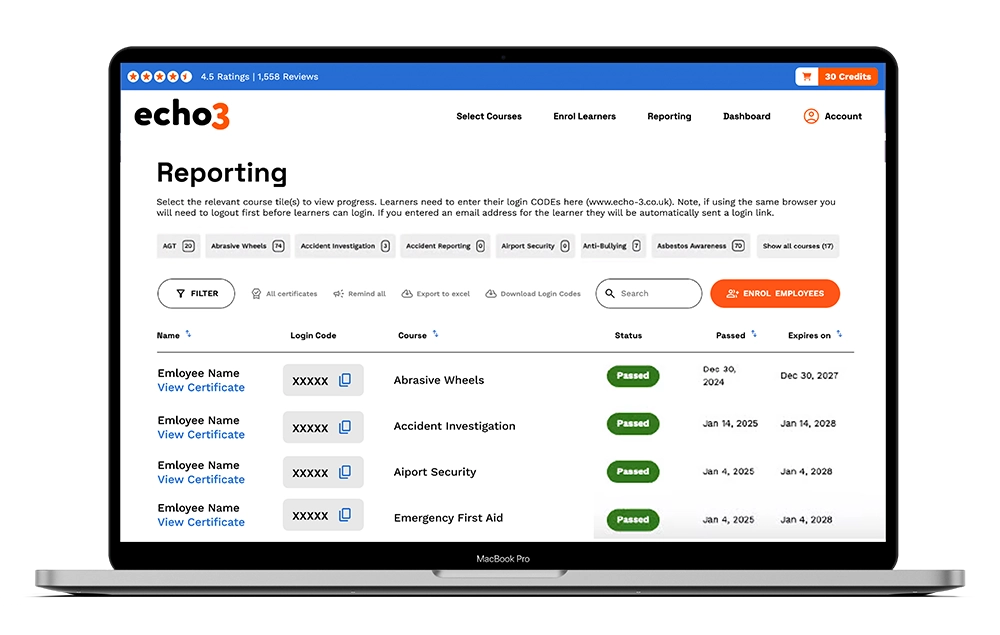 This Defensive Driving course online introduces the mindset of Defensive Driving.
This Defensive Driving course online introduces the mindset of Defensive Driving.
Defensive driving is the practice of anticipating potential hazards and making safe, well-informed decisions to reduce the risk of accidents. It’s about being aware of what’s happening around you, not just directly ahead, but to the sides, behind, and even what could happen next.
If your staff driver for work its is likely the most dangerous part of their day. In fact, 137,012 casualties were recorded on UK roads in the 12-months to June 2022.
Employers have a duty to take appropriate steps to protect employees from injury at work.
In this online Defensive Driving training course, your staff will learn how to drive safely, safeguarding their own health, protecting the public, and upholding your company’s reputation.

Defensive Driving Course Content
UNIT 1. Introduction to Defensive Driving
The Echo3 Defensive Driving training begins with an overview and its key objectives, followed by an introduction to defensive driving, including its core principles, the benefits it offers, and an overview of the legal responsibilities and road safety laws that every driver should understand.
UNIT 2. Safe Driving Practices
Highlights the importance of effective time management, raises awareness of the dangers of fatigue and the critical need for proper rest, emphasises the risks of impairment from alcohol, drugs, and medication, reinforces safe driving practices such as the 2-second rule and maintaining proper following distances, and encourages drivers to anticipate hazards and think ahead to prevent accidents.
Focuses on vehicle safety and preparedness, covering daily vehicle checks and maintenance responsibilities, the impact of weather and changing road conditions, how to adapt driving style accordingly, the importance of monitoring tyres, brakes, and warning signs, and maintaining visibility through proper use of screen wash, wipers, and other essential systems.
UNIT 4. Driver Mindset & Behaviour
Addresses the human factors in driving, including techniques for staying calm and managing stress, avoiding aggressive driving and road rage, minimising distractions such as mobile phones and eating, developing a defensive driving mindset, and understanding the psychology behind anticipation and reaction on the road.
UNIT 5. Sharing The Road Safely
Focuses on sharing the road safely by understanding vulnerable road users, applying safe overtaking techniques, interacting responsibly with cyclists and motorcyclists, respecting pedestrians and designated crossing zones, and effectively navigating multi-lane roads and roundabouts.
UNIT 6. Handling Distractions and Impairments
Examines the wide range of driver distractions, including common in-vehicle disruptions, the significant impact of mobile phone use, and the effects of mental and visual distractions on driver focus. It also explores effective scanning techniques, strategies for managing cognitive load to stay present behind the wheel, and how impairments such as illness, medication, or emotional state can affect driving performance.
UNIT 7. Defensive Driving in Adverse Conditions
Prepares drivers for challenging environments by covering techniques for driving in poor weather conditions, strategies for safe night driving, managing low visibility, navigating difficult terrain, and offering additional tips for handling adverse driving conditions effectively and safely.
UNIT 8. Emergency Situations and Breakdowns
Equips drivers with the knowledge to handle unexpected situations, including recognising and responding to emergencies, managing mechanical failures, dealing with collisions and accidents, understanding basic first aid for drivers, and complying with post-incident reporting and legal requirements.
UNIT 9. Legal Responsibilities and Best Practice
Covers essential legal aspects for drivers, including understanding driver responsibilities, vehicle compliance and maintenance laws, requirements for reporting incidents and insurance obligations, safe driving practices under the law, and the potential consequences of non-compliance.
UNIT 10. Course Summary & Final Quiz
The course ends with a 15 multiple choice quiz. Achieve 80% or more to be emailed your completion CPD-Accredited Defensive Driving certificate. The quiz can be retaken if required.
Defensive Driving Certificate
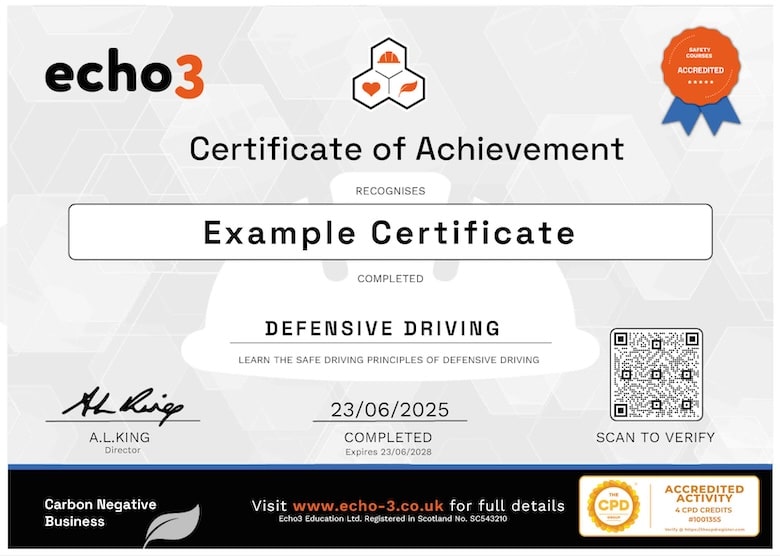
Download and Print Your Certificate
- Written in compliance with the HSE Act 1974 & Management of Health and Safety at Work Regulations 1999
- Developed by qualified safety professionals.
- Last Updated October 2025
- To gain the certificate you must complete the assessment which involves 15 questions.
- The online Defensive Driving certificate is valid for 3 years.
Course Preview
Echo3 courses include engaging motion-graphic video content, with full english subtitles
Reviews
How to Get Certified in 3 Steps
Individual Learners

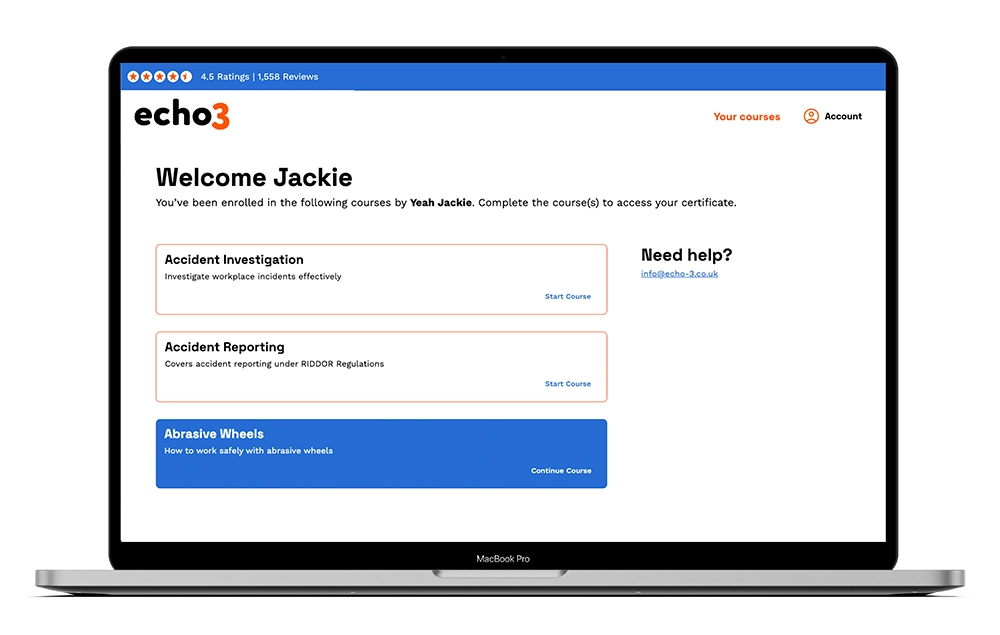
Benefits for Individuals
-
Engaging video-based content
-
Learner dashboard included
-
Instant access after payment
-
Free course retakes
-
Shareable digital certificate
 QR Code Certificate
QR Code Certificate




Bulk Buying Discounts
What are the learning outcomes from defensive driving training?

The Echo3 online Defensive Driving course equips learners with the essential knowledge for safe, responsible driving.
The learning outcomes specifically cover.
- Proactive decision-making on roads. Learn techniques to think ahead, so you can perceive potential incidents before they happen.
- Hazard awareness. Understand the various risks from driving in rural, urban and motorways.
- Understanding traffic laws and regulations.
- Develop accident-avoidance techniques and cultivating a defensive mindset to anticipate and react to potential risks.
- Learners understand the importance of maintaining focus, minimising distractions, and managing emotions while driving.
- Develop strategies for navigating challenging road scenarios, and avoiding collisions through proper manoeuvring and spatial awareness.
- Additionally, the course often emphasises the significance of courteous and cooperative driving behaviours, fostering respect for all road users.
Ultimately, successful completion of an online defensive driving course will empower individuals to confidently apply these lessons, promoting a safer driving experience for themselves and others on the road.
Who should received defensive driving training?
 All employers who have a duty of care for staff and wish to prioritise safety and responsible driving within the minds of their employees.
All employers who have a duty of care for staff and wish to prioritise safety and responsible driving within the minds of their employees.
In addition, commuters, professionals, and even experienced drivers will find value in learning advanced Defensive Driving techniques to prevent accidents, handle emergencies, and navigate various road conditions.
Anyone seeking to enhance their driving skills should consider an online defensive driving course. Particularly new drivers, individuals seeking insurance discounts, those with traffic violations, and generally anyone wanting to refresh their driving knowledge.
What is a commentary drive?
Blue light drivers train by commentating on what they can observe.
A commentary, as you drive along, either in your head or out loud, helps to shut out any distractions and focus on the task of driving.
You should always ‘Plan and Scan’ the road ahead the commentary forces you into this mindset.
Try it the next time you are behind the wheel and become a more advanced driver.
What does defensive driving require?
C.O.A.S.T. is a useful way to remember the components of defensive driving.
C – CONCENTRATION: e.g. focusing on driving as a task in itself
O – OBSERVATION: e.g. road signs and markings
A – ANTICIPATION: e.g. being proactive not reactive
S – SPACE: e.g. allowing enough space between other road users
T – TIME: e.g. provided by travelling with a safe following distance
Are work-related road accidents reported in the UK?
In the UK employers do not need to report road-related accidents(exemption RIDDOR 14(3)).
This in large part accounts for the UK workplace fatality statistics being so much lower than the US.
- In the US there were 6 fatalities per 100,000 workers (2022).
- In the UK there were 0.45 fatalities per 100,000 workers (2022).
But the US workplace fatality figure includes deaths while travelling for work.
Because road deaths at work are not reported in the UK and this potentially means, not enough training budget is directed towards driver training by UK employers, relative to the risk.
Related Courses
Courses related to Defensive Driving;
Banksman – how to direct traffic safely
First Aid at Work – know the fundamentals of first aid
Lone Working – how to work safely alone
Manual Handling – how to lift safety at work
Safer Driving in Winter – how to drive safely in winter conditions
Safe Loading of Vehicles – how to load vehicles safely
Van Driver Safety – how to drive a van safely







